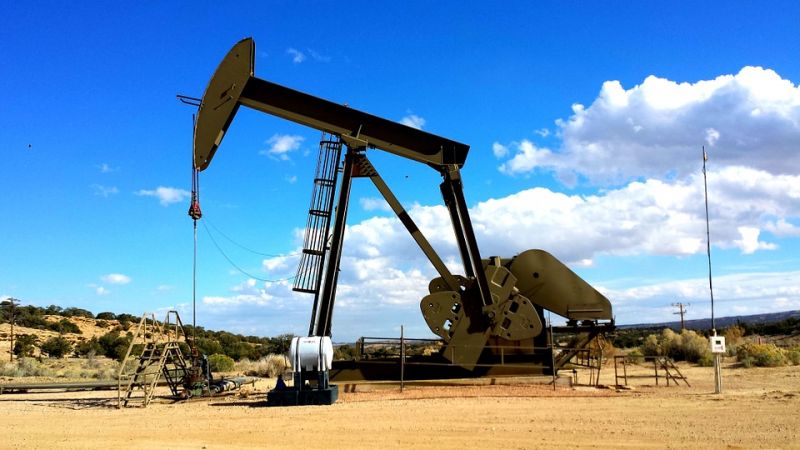Fracking-Related Water Issues Draw Attention in West Texas
Published on by Jake B in Business
A West Texas land baron and oilman is on the verge of pumping 5.4 million gallons of water a day from far under the desert mountains here and piping it 60 miles to the nation's most bountiful oil field, the Permian Basin, where hydraulic fracturing has fueled a renaissance of U.S. oil and gas production.

Source: Pixabay
The Houston Chronicle reports with water in short supply and high demand, Dan Allen Hughes Jr., one of the largest landowners in the United States and president of his father's eponymous oil company, plans to tap an aquifer under his 140,000-acre Apache Ranch.
But Hughes has run into a wall of opposition from West Texas farmers, ranchers, residents and environmentalists, who worry he will steal water from their cattle, dry up their crops and deplete the spring that feeds the famous pool at Balmorhea State Park.
"That's a lot of water," said Bill Addington, a rancher and conservationist from neighboring Sierra Blanca. "Believe me, there's many people who have plans to sue if this goes forward. We will sue."
Hughes' project may well just be the start of a much larger fight - over the ownership of West Texas water, the future of oil and gas production and fate of agricultural lands and ecologically sensitive habitats. It's a feud that runs throughout the history of the West, between farmers and ranchers, conservationists and industry, neighboring cities, adjacent states. Whiskey is for drinking, they say. Water for fighting.
Texans have fought over water for decades, if not centuries, said Larry French, groundwater director for the Texas Water Development Board. Oil and gas production is another competitor for a scarce resource.
"The Permian Basin is basically a desert, and that immediately presents challenges in finding adequate water," French said. "You can do without a lot of things. But you can't do without water."
At least three other companies in the region are selling or planning projects to sell water to energy companies that use it by the billions of gallons to crack shale rock and release oil and gas. Water use in the Permian has risen six-fold since the start of the shale oil boom, from more than 5 billion gallons in 2011 to almost 30 billion last year. Energy research firm IHS Markit predicts demand will double by the end of this year, to 60 billion gallons, and more than triple by 2020, to almost 100 billion.
But West Texas' network of aquifers are interconnected; water pumped from one can reduce flow in another. Some worry that all of these proposed water wells could dry up aquifers that supply West Texas ranches, farms and cities.
It's not an unreasonable fear. Few here forget when oilman Clayton Williams Sr. and West Texas farmers pumped the prodigious Comanche Springs, just east of Balmorhea, to barely a trickle.
Hughes, a former chairman of the Texas Parks & Wildlife Commission, and his team were seeking approval of their plans from the Culberson County Groundwater Conservation District. Officials there expected many others to apply to pump local aquifers.
"Water," said district general manager Summer Webb. "It's the next oil."
Read full article: NBC Bay Area
Media
Taxonomy
- Resource Management
- Water Resource Management
- Oil Refining
- Fracking Technology
- Oil & Gas